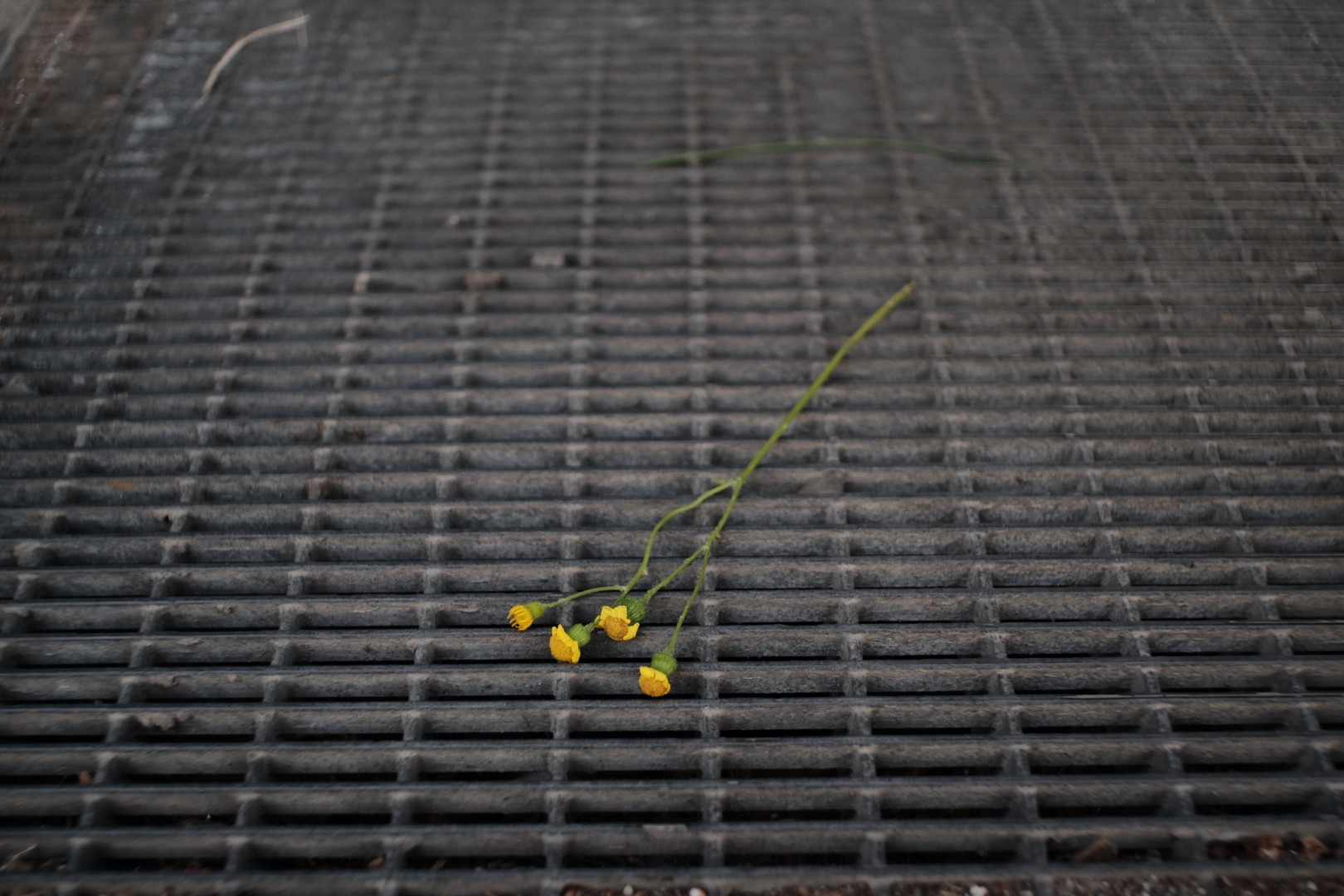“When walking, walk. When eating, eat.”
Zen proverb
In today’s digital world, our perception of reality is increasingly shaped by information, data, and algorithms. Our devices, social media, and constant notifications draw us in directions we didn’t consciously choose. The simple act of paying attention to what got our attention has become revolutionary.
The Value of Attention
Our most precious resources today are our time and our attention, yet we are not very good at managing them. The devices in our pocket bombarding us with constant notifications and endless social media streams. Platforms are designed to capture and hold our focus, often for their own interests, not ours. Consequently, we tend to live according to someone else’s agenda—reacting to news, trending topics, or social pressure. This constant distraction can lead us to live on autopilot, reacting instead of consciously choosing how to respond. Mindfulness offers us a way to reclaim our attention.
What is mindfulness
Mindfulness is not a luxury or a trend. It is a way of being and a skill – perhaps the most important skill we must learn in this era.
It allows us to reclaim our attention It helps us become aware of what pulls us away from our intentions and guides us toward living more deliberately. So that we can choose how we spend our time, and to live in alignment with what truly matters.
Mindfulness is not about controlling our emotions or suppressing feelings. Instead, it’s about acknowledging feelings of anger, sadness, happiness, or love without becoming overwhelmed or absorbed by them. It’s about being fully present with them—comfortable in their presence, even when they are uncomfortable.
There’s a subtle but profound difference between saying “I am angry” and “I feel angry.”
Understanding this difference is key. When we are fully absorbed in an emotion, we may react impulsively. When we practice mindfulness, we observe our feelings, recognize their triggers, and create space for a conscious response that allows us to align our reactions with our true selves, our values, and what genuinely matters to us.
Learning to Be Present
Unfortunately, mindfulness isn’t something we typically learn in school or at work. Mindfulness is a practice that requires patience, effort, and a willingness to observe ourselves honestly. The goal is to integrate mindfulness into our daily lives, gradually developing a deeper understanding of ourselves and our reactions.
Meditation is one path. It teaches us to notice. To pause. To breathe. To reflect. This simple process—notice, pause, breathe, reflect – creates space between stimulus and response. In that space, we find freedom—the freedom to choose how we want to live, rather than reacting on autopilot.
There’s a subtle but profound difference between saying “I am angry” and “I feel angry.” The former consumes us; the latter allows us to witness the emotion without being overwhelmed by it. Mindfulness is not about suppressing or controlling our emotions. It’s about being fully present with them—comfortable in their presence, even when they are uncomfortable.
Art as a Mindful Practice
Art, in its many forms can serve this purpose. It presents us new perspectives that can challenge and expand our understanding. Whether it’s a painting, sculpture, or a simple sketch, art invites us to see the world through different eyes and reflect on our emotional responses. Sometimes it comforts; sometimes it unsettles. It exposes us to new ideas and asks us to feel. In feeling we understand ourselves more deeply.
For me, photography has become a powerful tool in this journey. It is how I engage with the world. When I photograph, I slow down. I observe. I wait. I listen. I become present. The camera invites me to notice the play of light and shadow, the impermanence of a moment, the quiet beauty in the mundane.
Photography, like life, is not about perfection. It’s about presence.
Living with Intention
The core of this practice is living intentionally. By cultivating mindfulness, we become more aware of what draws our attention and how we respond. We can choose to spend time with what nourishes us—people, activities, and ideas that align with our deepest values—rather than being passively swept along by external forces.
I’ll be sharing more about how I use photography as a meditative practice, and how it helps me live more intentionally. I believe that by slowing down, observing carefully, and engaging with art and nature, we can live more intentionally, more in tune with ourselves and the world around us.
I hope this resonates with you – how the camera, when used with intention, becomes more than a tool: it becomes a mirror that reflects not only the world around us but also the state of our inner world.
But I also want to hear from you. This is not a monologue. It’s a conversation.
Further Reading
For those who wish to explore the intersection of art, mindfulness, and meditation more deeply, here are three highly regarded practitioners whose work offers both inspiration and practical guidance:
Thich Nhat Hanh – Peace Is Every Step
A Zen master and poet, Thich Nhat Hanh’s teachings gently guide readers toward mindfulness in everyday life. His reflections often draw on nature, art, and the beauty of simple presence.
🔗 Read more or purchase from Parallax Press
Jon Kabat-Zinn – Wherever You Go, There You Are
A pioneer in bringing mindfulness into Western medicine, Kabat-Zinn’s work is grounded in both science and contemplative practice. His writing is accessible, clear, and deeply rooted in lived experience.
🔗 Explore the 30th Anniversary Edition
Bhante Henepola Gunaratana – Mindfulness in Plain English
This classic guide offers a straightforward, practical introduction to meditation and mindfulness, ideal for those who appreciate clarity and simplicity in their practice.
🔗 Read or download from The Wisdom Experience

